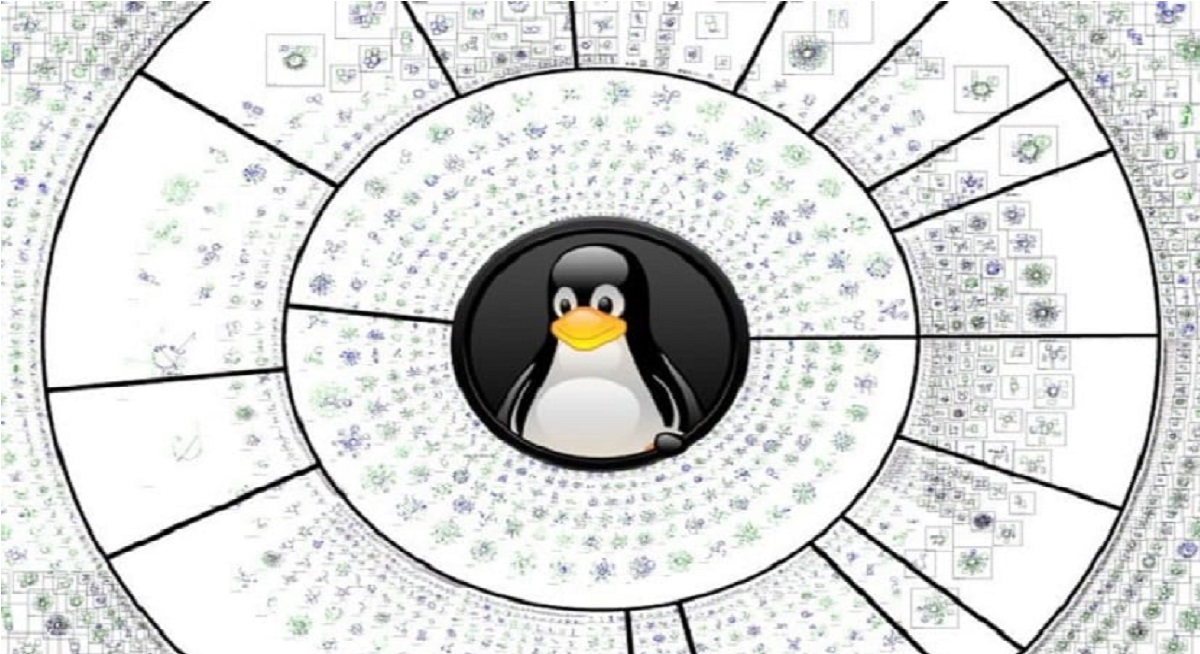
Linus Torvalds unveiled the launch of the new version of the kernel Linux 5.8 and in this new installment among the most notable changes are KCSAN racecondition detector, a universal mechanism to send notifications to the user space, hardware support for online encryption, advanced protection mechanisms for ARM64, support for the Russian Baikal-T1 processor, the ability to separately mount process instances, implementation of Shadow protection mechanisms for ARM64 Call Stack and BTI.
This new version kernel became the largest in terms of the amount of changes of all nuclei throughout the life of the project. At the same time, the changes are not associated with any subsystem, but cover different parts of the kernel and are mainly related to internal processing and cleaning.
Main news in Linux 5.8
In this new version of the Linux Kernel 5.8 locking is provided for loading kernel modules that have sections with code, in which bits that allow execution and writing are simultaneously set.
Now it is possible to create separate process instances, allowing multiple process mount points, mounted with different options, but reflecting the same pid namespace.
For platform ARM64, support for Shadow-Call Stack mechanism is implemented, provided by the Clang compiler to protect against overwriting the return address of a function in the event of a buffer overflow on the stack.
Besides that support for ARMv8.5-BTI instructions was also added (Branch Target Indicator) to protect the execution of instruction sets that should not branch.
Added hardware support for online encryption of block devices, whereby the inline encryption devices that are generally built into the drive can be logically placed between the system memory and the disk, performing transparent encryption and decryption based on the keys and the encryption algorithm specified by the kernel.
Also, in this new version Recommendations on the use of inclusive terminology were included that are adopted in the document that defines the rules for encoding.
On the other hand, also new KCSAN debugging tool highlighted (Kernel Concurrency Sanitizer), designed to dynamically identify race conditions within the kernel. The primary focus in KCSAN development is false positive prevention, scalability, and ease of use.
Another important change is that se has added a new dm-ebs driver to Device Mapper, which can be used to emulate a smaller logical block size (for example, to emulate 512-byte sectors on drives with a 4K sector size).
Btrfs has improved the handling of read operations in direct mode. On mounting, expedited checking for deleted directories and subkeys was left without a parent.
Ext4 has improved ENOSPC error handling when multithreading is used. Xattr adds support for gnu. * Namespace used by GNU Hurd.
For Ext4 and XFS, support for DAX operations is included (direct access to file systems bypassing the page cache without using the locking device level) relative to individual files and directories.
In addition, support was added to the kernel and ethtool utility to test the connected network cable and self-diagnosis of network devices.
While for the IPv6 stack adds support for the MPLS algorithm (Multiprotocol Label Switching) to route packets using multiprotocol label switching (for IPv4, MPLS was previously supported).
Finally for the hardware in this new version we can find that:
- DRM driver for Intel i915 video card is enabled by default
- Support for Intel Tiger Lake (GEN12) chips
- The amdgpu driver adds support for the FP16 pixel format and implements the ability to work with encrypted buffers in video memory.
- Support for AMD Zen and Zen2 processor power sensors and AMD Ryzen 4000 Renoir temperature sensors.
- Support for the NVIDIA modifier format was added to the Nouveau driver.
- MSM (Qualcomm) driver adds support for Adreno A405, A640 and A650 GPUs.
- Added internal framework for managing DRM (Direct Rendering Manager) resources.
- Added support for Xiaomi Redmi Note 7 and Samsung Galaxy S2 smartphones as well as Elm / Hana Chromebooks.
- Additional drivers for LCD panels: ASUS TM5P5 NT35596, Starry KR070PE2T, Leadtek LTK050H3146W, Visionox rm69299, Boe tv105wum-nw0.
- Added support for ARM boards and platforms Renesas "RZ / G1H", Realtek
- Added support for the MIPS Loongson-2K processor